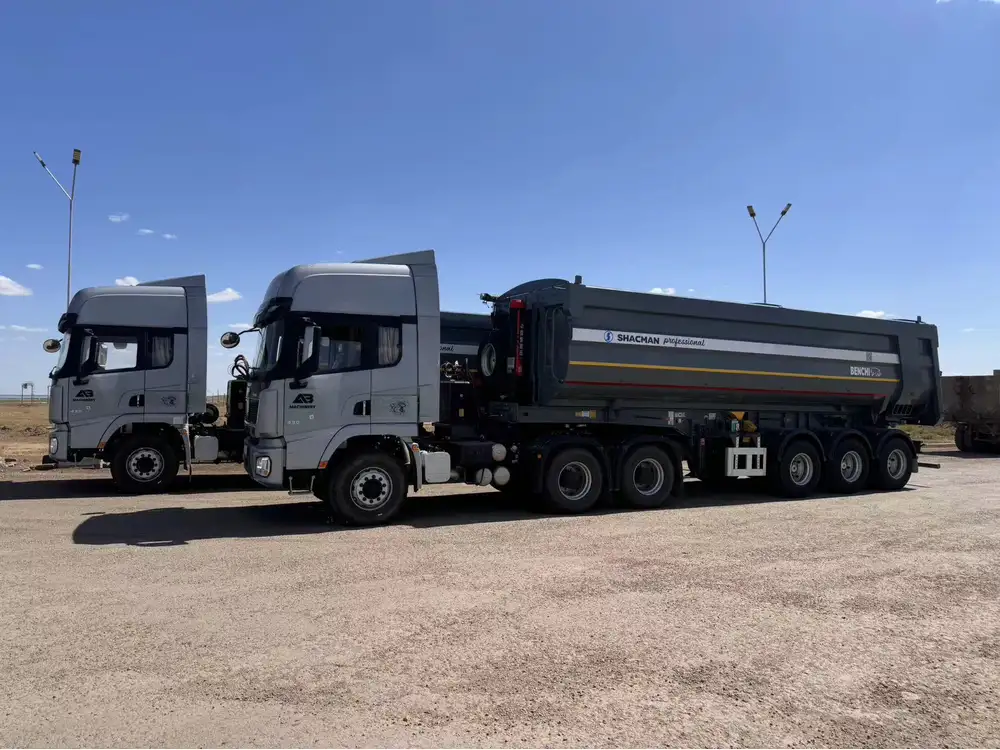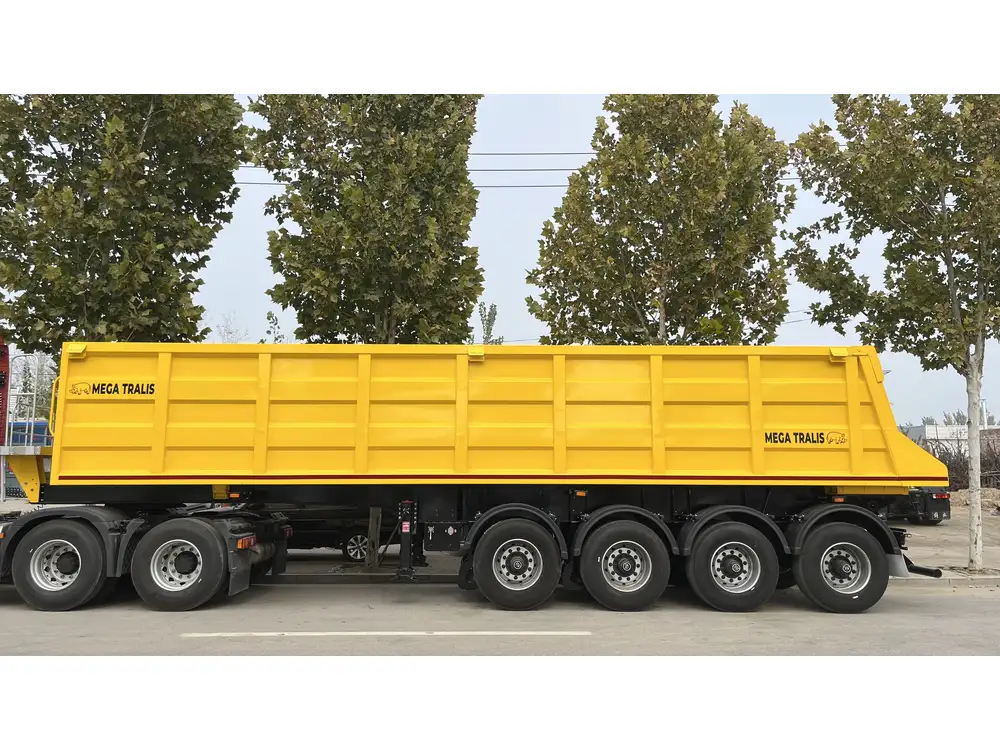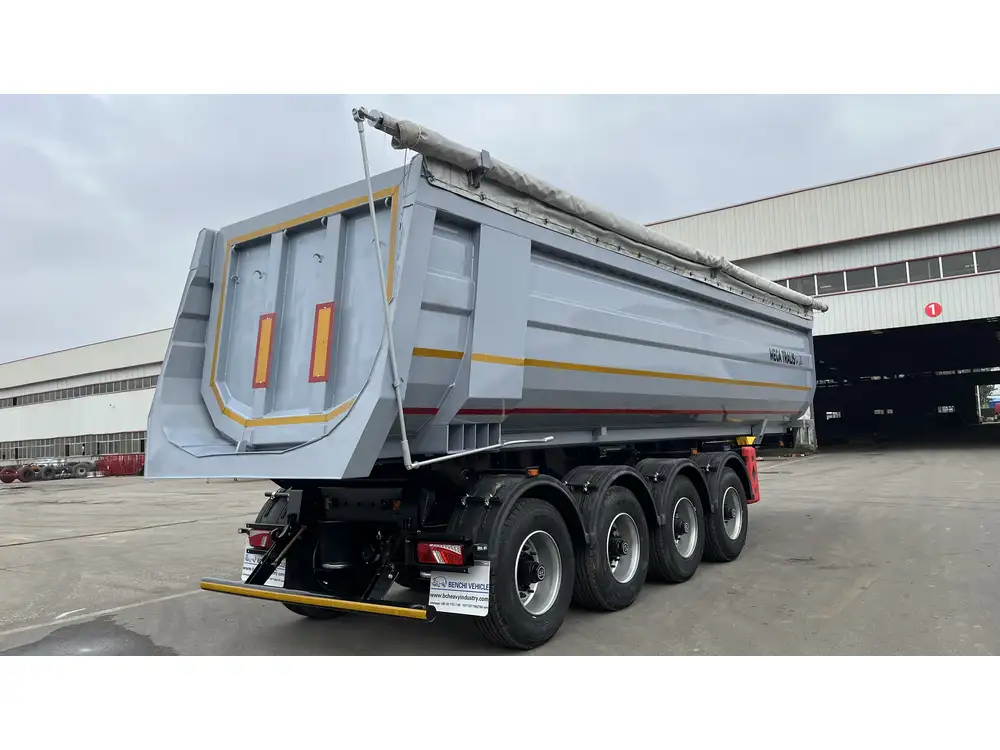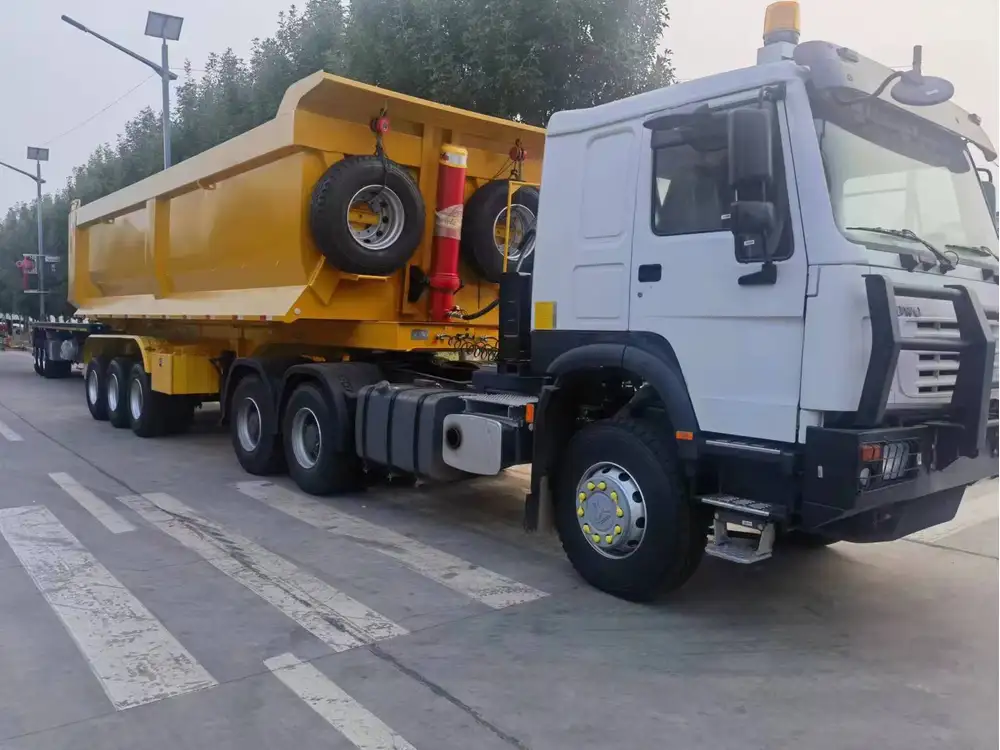Transporting vehicles using a gooseneck flatbed trailer can be a highly efficient and reliable option for both individual and commercial use. Understanding how to hitch a car on a gooseneck flatbed trailer not only ensures safe transport but also maximizes the efficiency of your operations. This detailed guide covers every aspect of the process, from equipment selection to step-by-step instructions, ensuring you have all the necessary information at your fingertips.
Understanding Your Gooseneck Flatbed Trailer
What is a Gooseneck Flatbed Trailer?
A gooseneck flatbed trailer is a specialized type of trailer with a front that extends over the bed of a truck, attaching to a ball hitch mounted in the truck’s bed. This design allows for improved maneuverability and stability compared to traditional bumper pull trailers, making them ideal for hauling cars, heavy machinery, and other large loads.

Benefits of Using a Gooseneck Flatbed Trailer for Vehicle Transport
- Increased Stability: The gooseneck design offers better weight distribution, reducing the risk of swaying or tipping during transport.
- Higher Load Capacity: Gooseneck trailers can often carry heavier loads than standard trailers, making them suitable for larger vehicles and equipment.
- Ease of Maneuverability: The hitch design allows for tighter turns, facilitating easier navigation in narrow spaces.
Essential Equipment for Hitching a Car on a Gooseneck Flatbed Trailer
Key Components
- Gooseneck Hitch: Installed in the bed of your truck, ensure it’s rated for the weight of the vehicle you plan to haul.
- Safety Chains: Used to secure the trailer to the truck and provide an additional safety measure.
- Loading Ramps: These facilitate easy loading and unloading of vehicles onto the flatbed.
- Tie-Down Straps: To secure the vehicle once it’s on the trailer, preventing movement during transit.

Safety Gear
- Wheel Chocks: To prevent the vehicle from rolling off the trailer.
- Gloves: For better grip and protection during the hitching process.
- Reflective Cones or Triangles: To alert other drivers when you are loading or unloading.
Step-by-Step Guide to Hitching a Car on a Gooseneck Flatbed Trailer
Step 1: Prepare Your Gooseneck Flatbed Trailer
- Inspection: Check the trailer for any damages, ensuring that lights, brakes, and tires are in working condition.
- Clean the Bed: Remove any debris or obstacles from the trailer bed that may interfere with the loading process.

Step 2: Position Your Truck and Trailer
- Align: Position your truck and trailer on a flat, stable surface. This will make loading the vehicle easier and safer.
- Check Level: Make sure the trailer is level to ensure that the car will load smoothly without any risk of rolling off.
Step 3: Load the Vehicle onto the Trailer
- Set Up Loading Ramps: Position the ramps at the end of the trailer, ensuring they are securely attached and won’t slip during loading.
- Drive the Vehicle Up: Gradually drive the car up the ramps onto the trailer. Use a low speed and engage the brake as necessary.
- Center the Car: Once on the trailer, center the vehicle to ensure an even weight distribution.
Step 4: Secure the Vehicle
- Apply Parking Brake: Engage the vehicle’s parking brake to prevent movement.
- Use Wheel Chocks: Place wheel chocks behind the rear wheels of the vehicle for added security.
- Tie-Down Straps: Attach tie-down straps to secure the vehicle. Pass the straps over the vehicle and secure them to the trailer’s tie-down points, ensuring they are tight without causing damage to the vehicle.

Step 5: Detach and Secure the Trailer
- Disconnect Safety Chains: If necessary, lower the ramps and ensure they are free from obstructions.
- Disconnect Your Truck: Carefully back the truck away from the trailer, ensuring the hitch is clear.
- Prolonged Security Measures: After you’ve safely disconnected, double-check wheel chocks and tie-downs before transit.
Maintenance and Safety Tips for Gooseneck Flatbed Trailer Users
Regular Maintenance Checklist
| Component | Maintenance Task | Frequency |
|---|---|---|
| Hitch Mechanism | Inspect for signs of wear and rust | Before each use |
| Lights and Brakes | Test functionality | Before each trip |
| Tires | Check for proper inflation and tread depth | Monthly |
| Frame and Axles | Look for cracks or other damage | Before long trips |

Safety Best Practices
- Always wear safety gear when loading and unloading.
- Ensure the trailer is parked on level ground during operations.
- Regularly inspect the tightness of the tie-downs throughout the journey.
Common Mistakes to Avoid When Hitching a Vehicle on a Gooseneck Trailer
- Neglecting Pre-Trip Inspections: Skipping the assessment of equipment can lead to safety hazards.
- Incorrect Weight Distribution: Ensure the weight is centered to avoid instability while driving.
- Inadequate Securing of Vehicle: Always double-check tie-downs before hitting the road; loose straps can lead to accidents.
Troubleshooting Common Issues During the Hitching Process

Difficulty Aligning Truck with Trailer
- Solution: Use spotters to guide alignment, especially in tight spaces.
Excessive Sway During Transport
- Solution: Ensure the load is evenly distributed and that all safety chains are properly connected.
Vehicle Rolling Off During Loading
- Solution: Always use wheel chocks and check the parking brake before loading.

Conclusion
Successfully hitching a car onto a gooseneck flatbed trailer involves understanding your equipment, following methodical steps, and adhering to best safety practices. By concretely preparing each aspect—from equipment checks to securing the vehicle—you can ensure a smooth and safe transport process, minimizing risks and enhancing efficiency. Regular maintenance and a proactive approach to safety are crucial to long-term successful operation, ensuring that your gooseneck flatbed trailer remains a valuable asset in your vehicle transportation endeavors.



